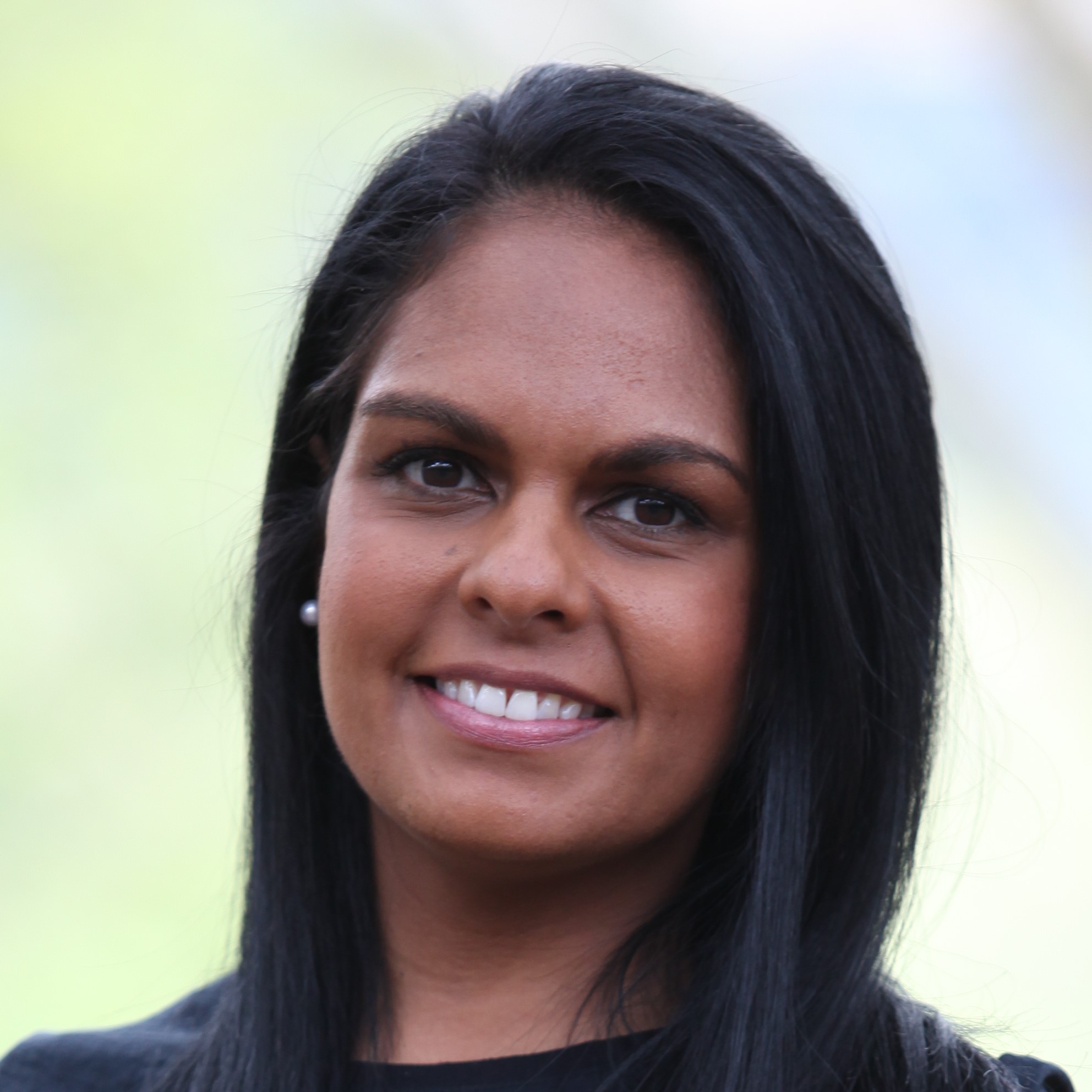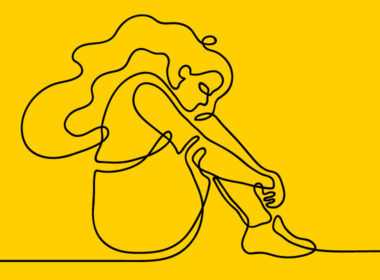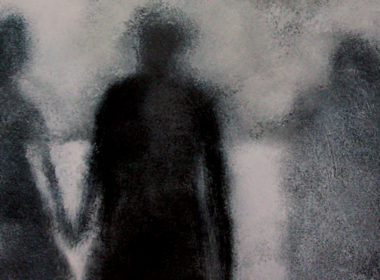The overrepresentation of Aboriginal people in the criminal justice system is a national tragedy for which there is no simple solution
Many crimes have sickness, addiction or generational disadvantage at their core – and recidivism rates indicate that, for many, courtrooms and prison cells can become a revolving door of reoffending. We ask whether diversionary schemes are the pathway to a healthier and safer community.
Prison breaks are often glamourised as a daring escape from behind bars, scaling secure walls and barbed wire fences to taste elusive freedom. Yet reality is much grimmer. For those who find themselves locked up, it is increasingly likely that even on the day they check out following completion of their sentence, it is a system they will never leave.
The Productivity Commission’s 2020 report on government services found 46.4 per cent of Australian adult offenders in 2018/19 returned to prison with a new sentence within two years, an increase from 39.5 per cent in 2011/12. For those in juvenile detention, recidivism rates were even higher.
In a society proudly “tough on crime”, conversations around alternative approaches to justice can be marred by fear an offender is being handed a “get-out-of-jail-free” card or that community safety will be jeopardised. So too are concerns of postcode justice: where some can benefit from support programs that are not an option to many defendants progressing through the traditional courts system.
Meanwhile, the prison population has soared in the past 20 years (see LSJ’s exclusive look inside Silverwater jail on page 34), and Indigenous Australians remain overrepresented in custody at world-leading levels.
Right now, more than 12,500 people are in prison in NSW – a reduction from 13,400 people as of June 2019. NSW Attorney-General Mark Speakman told LSJ the government’s 2018 sentencing reforms, which included early appropriate guilty pleas, have “reduced the proportion of offenders serving short sentences”.
Many lawyers believe now is the time to expand the use of alternative pathways.
It is important to remember that the Drug Court is not dealing with people who have simply dipped their toe on the water of crime. A substantial proportion have committed serious offences and have long criminal records.
Don Weatherburn
Drug Court ‘reduces risk of reconviction in the long term’
For more than 20 years, the Drug Court has been diverting those facing prison time for a non-violent offence into an intensive program of supervision, testing and treatment for drug dependency. It operates in three courts in Sydney, Parramatta and the Hunter region.
In September, the NSW Bureau of Crime Statistics and Research (BOCSAR) and the National Drug and Alcohol Research Centre found “treating drug-related offenders is far more effective than sending them to prison”.
Senior Judge of the Drug Court Roger Dive said close collaboration with BOCSAR in previous research has been central to enhancements in the program.
“We know that great improvements in the Drug Court program since those early days would indicate even more exciting results in the future,” Judge Dive said in a statement.
In a longitudinal study, tracking users who had gone through the drug court program alongside others who were deemed eligible but did not go through it, those who participated had a 17 per cent lower reoffending rate compared with non-participants.
Those who participated in drug court also took 22 per cent longer than non-participants to commit an offence against a person. The court does impose sanctions as an accountability measure if the offender relapses.
“It is important to remember that the Drug Court is not dealing with people who have simply dipped their toe on the water of crime. A substantial proportion have committed serious offences and have long criminal records,” said Don Weatherburn, the former BOCSAR director and lead in this study, in a statement following its release.
“Almost one in 20 of the treatment group had accumulated 15 or more convictions. Our findings therefore show that participation in the Drug Court program can have lasting positive effects on the lives of recidivist offenders and are a credit to all those involved in the Drug Court program.
The study noted, “given that the Drug Court is an expensive intervention, further research comparing the relative cost-effectiveness of the Drug Court with other drug treatment programs … is justified”.
However, eligibility remains a critical issue: offenders can often be ruled out of the program if they have matters of violence on their record despite a genuine desire to rehabilitate.
The state government acknowledged after the BOCSAR report that the scheme is making “a real difference”. Speakman said of the court’s evaluation: “It reinforces international studies which show that drug court programs are effective in reducing reoffending.”
“This means safer communities, while also providing offenders with a foundation from which to rebuild their lives,” Speakman said.
 Mark Speakman, NSW Attorney General
Mark Speakman, NSW Attorney General
The case for Walama Court
The costliness of an intervention can be measured against the avoided cost: the dollars the government can save by not housing someone in a corrections facility or cycling them continually through the justice system.
The Walama Court scheme would bring Aboriginal and Torres Strait Islander elders into the sentencing discussions with the courtroom judge. The business case suggests supporting 100 offenders a year. To be eligible, the individual must plead guilty and sexual offences are excluded.
The proposal is broadly supported by the profession and criminal justice bodies, including the Law Council of Australia and the Police Association of NSW. The business case estimated the cost of its implementation would be considerably outweighed by the avoided cost of prison beds and the ongoing burden of recidivism on government.
Teela Reid, criminal defence lawyer at Legal Aid and an advocate for reforming the criminal justice system to improve outcomes for Aboriginal and Torres Strait Islanders in the courts, tells LSJ: “The Walama Court is a really important reform that we as a profession must continue to push through to Parliament.”
“The Walama Court is quite simple. It is a proposal to have an Aboriginal sentencing court within the District Court of NSW. We have never had that before in this jurisdiction,” Reid, a Wiradjuri and Wailwan woman, tells LSJ.
“The [proposal] is designed to provide an option, just like with the Drug Court, a referral to Walama Court to sentence Aboriginal and Torres Strait Islander people, and within that process to embed Aboriginal elders and respected people in the sentencing process.”
The scheme has been partly on based on the Drug Court. It is also similar in scope to the Youth Koori Court, which operates out of both the Sydney and Parramatta Children’s courts and diverts young Aboriginal and Torres Strait Islander offenders away from prison, instead addressing their needs and underlying causes for offending – including intergenerational trauma, social exclusion and racism – in a more holistic manner.
Support for the Walama Court was included in the recommendations of the 2020 Special Commission of Inquiry on the drug Ice and was also highlighted in the ALRC inquiry into the incarceration rate of Aboriginal and Torres Strait Islander people.
“Walama would bring [these models] together in a really powerful way in NSW, to enable a culturally appropriate forum to sentence Aboriginal and Torres Strait Islander people,” Reid says.
“We cannot continue the path we are going down. If we continue with the status quo and the institutions the way that they are, then we know that the answer is incarceration will continue to rise.
“The business case makes so much sense. It is fiscally and legally sound … the most frustrating part is getting it through the political context, and that’s where the block has been.”
Reid believes within Government there is an “ideology of being tough on crime, and [the consequence of that] means locking black people up”.
“Research shows incarceration is not a deterrent. In fact, in many ways it increases criminal behaviour,” she tells LSJ.
“The Walama Court is designed to disrupt but also provide a better administration of justice in the context of where we know that Aboriginal and Torres Strait Islander people are [more] highly incarcerated than non-Indigenous people.
“While it has been a challenge, we should not lose sight of getting this through.”
Reid says the scheme could assist with Closing the Gap targets, refreshed by the federal government this year and included a 15 per cent reduction in incarceration for Aboriginal adults.
Attorney-General Speakman told LSJ: “The overrepresentation of Aboriginal people in the criminal justice system is a national tragedy for which there is no simple solution.”
He is expected to respond to the Walama Court proposal shortly.
“The NSW Government is committed to reducing the number of Aboriginal people in custody,” Speakman says.
“The NSW Government is implementing a range of initiatives to address the overrepresentation of Aboriginal people in the justice system, including increased opportunities for offenders to be supervised in the community and receive tailored interventions that are proven to reduce reoffending.
“The Special Commission of Inquiry into the Drug Ice made 109 recommendations in relation to a range of issues across Government, including a recommendation regarding the implementation of the Walama Court proposal.
“The NSW Government is carefully considering the Inquiry’s recommendations, including this proposal … [and] is committed to providing a response to the Special Commission’s recommendations by the end of this year.”
A BOCSAR study published in April found Circle Sentencing – a restorative justice approach that is also available to some Aboriginal and Torres Strait Islander offenders in certain NSW local courts – had been associated with “lower rates of incarceration and recidivism” but noted the positive results could be linked to outside factors like strong family support networks.
“After receiving the recent evaluation demonstrating the important role this program plays in reducing imprisonment and reoffending for Aboriginal people in NSW, I have requested a briefing from my Department on how NSW can continue to support this program, including its potential expansion,” Speakman says.
Community Legal Centres (CLC) NSW Executive Director Tim Leach says the organisation “strongly supports the establishment of the Walama Court within the criminal jurisidiction of the District Court” and other restorative measures.
“The traditional criminal justice system is clearly failing Aboriginal and Torres Strait Islander people in NSW and across Australia,” he tells LSJ.
“They continue to be grossly over-represented within the criminal justice system, are more likely to be charged and imprisoned for minor offences, and more likely to die in custody than non-Indigenous people.
“Yet there is clear evidence that similar diversionary mechanisms, like the Victorian Koori Court, the Drug Court and Circle Sentencing work to reduce the over-representation of Aboriginal and Torres Strait Islander people in custody. Evidence clearly shows that participants are less likely to re-offend and overall costs to the criminal justice system are reduced.
“It is our strong view that such programs should be implemented and expanded across the state and the country. The Walama Court proposal has wide support and has been considered for years.”
 Teela Reid, lawyer and advocate
Teela Reid, lawyer and advocate
We cannot continue the path we are going down. If we continue with the status quo and the institutions the way that they are, then we know that the answer is incarceration will continue to rise.
Restorative justice for offenders and victims
Alternative schemes to the criminal justice system are not entirely perpetrator focused. Restorative justice brings together the victim, the offender and any other individuals or community members affected by a crime in a facilitated conversation about what happened, its impact, and the way forward.
The Australian Institute of Criminology noted there is a focus on “reoffending outcomes” when measuring the effectiveness of restorative justice but said in a 2014 report that “research … has been relatively consistent in reporting satisfaction among victims.”
The Central Tablelands and Blue Mountains Community Legal Centre recently launched The Cicada Project, a survivor-oriented restorative justice framework focusing on sexual violence. Its aim is to address the consistently poor criminal justice outcomes in sexual assault cases: among the highest attrition and lowest conviction rates in NSW.
Solicitor Thea Deakin-Greenwood is the project lead and “ever optimistic” that it can secure long-term funding to be able to operate and receive referrals.
“Accountability does not just mean incarceration,” Deakin-Greenwood tells LSJ.
“We need to do better at asking victims what they want, it is about reframing justice and being much smarter with where our investment goes. We believe that victim-survivors need a voice and need choices as to who they tell their story to, and when, and to ensure they are given dignity and respect.”
“Many victims do not want to report what happened to police, and even if they do, we know it might not be investigated or charges might be laid and then withdrawn. As a legal practitioner I have seen firsthand the barriers that many people face in accessing traditional justice.
“The consent part of restorative justice is victim-led, and they are able to withdraw at any time.”
Sexual crimes are primarily committed by a person known to the victim, and Deakin-Greenwood says in her experience many survivors may not report to police but “want to be heard, want accountability and they do not want it to happen again.”
“They will often say that they want the [perpetrator] to get help,” she tells LSJ.
“We can have more than one complex thought at the same time: we can condemn behaviour and yet still want the person responsible to get help and support. We must acknowledge that for behaviour to change, it takes time and resources. And that for whatever we have done in our lives, support should be there for those people who want to get help, just as it should be for survivors.”




